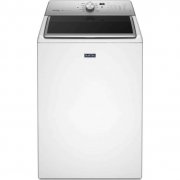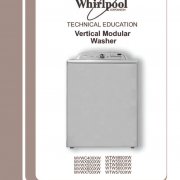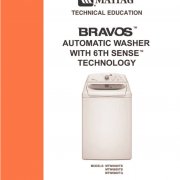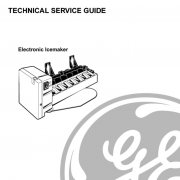All About Refrigerator Water Filters
Replace Your Old Nasty Water Filter
Water filters have transformed the way we consume water. Drinking from the hose was fun as a kid, but today it may not be such a good idea depending on were you live. Water filters have become an almost standard device found in refrigerators with a water dispenser or ice maker. We have all heard that water filters help to remove contaminants and odors found in the local water supply, but water filters also help to reduce chemicals and minerals that can reduce the life expectancy of your ice maker. Yes it is true filters can be expensive to replace; however, when you consider the cost of buying bottled water in volume, or a new ice maker every 3 years, the cost of replacement filters becomes slightly less intimidating and even a wise decision.
There are a few different styles of water filtration using a variety of different methods to remove unwanted substances, biological, mineral, or chemical.
The primary filter styles are…
Activated Carbon Filters
Activated carbon filters are the most common water filter style used in refrigerators and homes today. On average this style of filter needs to be replaced every six moths or 400 gallons. Carbon water filters come in an almost limitless number of shapes and styles as well as filtration capability. The key ingredient for this style of water filter is activated carbon. Just 1gram of activated carbon has a surface area in excess of 500 m2 (about one tenth the size of a football field). Because this material has such a large porous surface area, it absorbs a lot of impurities. As water passes through several layers of activated carbon some, most, or all of the”nasty” is screened out depending on the water filter’s quality rating. Over time the surface area of activated carbon can become clogged reducing it’s effectiveness, as well as restricting water flow. Reduced water pressure can lead to problems with your icemakerand require a great deal of time tofill a glass of water.
Reverse Osmosis Units
Reverse osmosis is sometimes referred to as ultra filtration because it involves the movement of water through a membrane that has microscopic openings that allow water molecules, but not larger compounds, to pass through. Some reverse osmosis membranes also have an electrical charge that helps in rejecting some chemicals at the membrane surface. Most home units are equipped with automatic membrane flushing systems to clean the membrane. On average a residential reverse osmosis systems will produce between two and ten gallons of filtered water a day. These systems are a very effective water purifier; unfortunately through the filtration water filterprocess a large amount of water is wasted. An reverse osmosis unit delivering 5 gallons of treated water per day may discharge 40 to 90 gallons of wastewater per day to the septic system. In addition reverse osmosis systems greatly reduce the pressure of your water supply and can lead to ice production problems.
Some other methods
Some other methods used for water filtration are distillation units, andUltraviolet light, as well as Ion exchangers.
Distillation
is the process of applying heat to water turning it into a vapor. The steam is then moved to another area were the water cools and condenses back into its liquid form depositing pure mineral-free water ready for consumption. When combined with a carbon filter, the result is 99.9% pure contaminate-free water. These systems are extremely efficient and reliable; however, they do require a heat source to do their work. Even so Distillation units are regarded as one of the most effective ways to remove contaminates from any water source.
Ultraviolet Light
Using ultraviolet light as a purifier is becoming more common, especially for mobile applications such as back packing. There is no screen or filter membrane to become clogged; however, there is also no removal of minerals, only the destruction of harmful microorganisms. This is an excellent complementary method of purification when used in tandem with one of the other major screening methods. Perhaps we will see greater use of ultra-violet light of in the future of appliances, but for now they are ignored in refrigeration because of their inability to remove corrosive minerals and chemicals.




